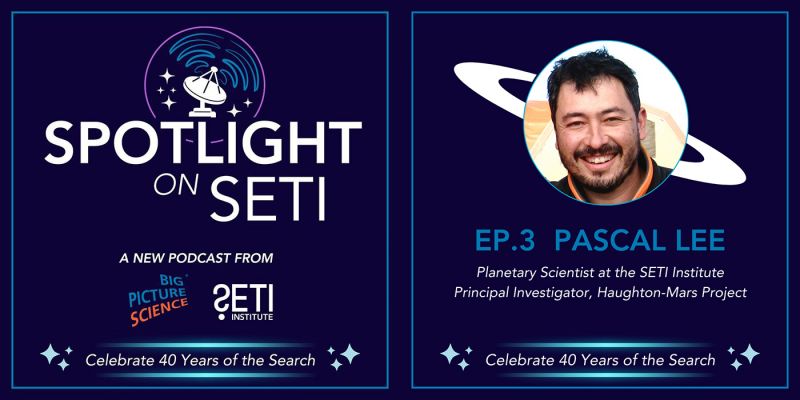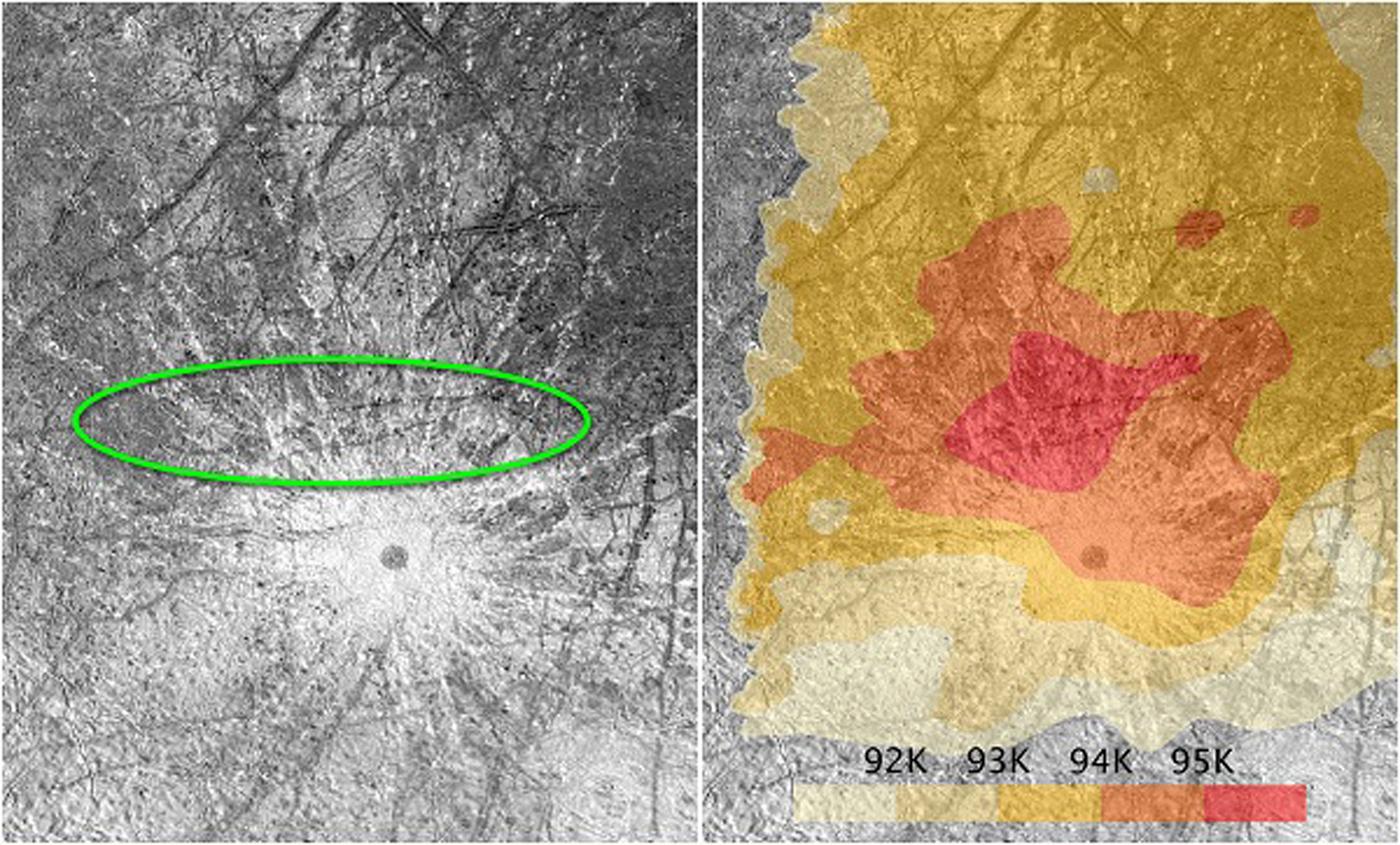
Part of the work that SETI Institute scientists are engaged in includes the development of tools and technologies that will be used to pursue our quest to understand the origin and nature of life in the Universe. This includes the development of instruments that can be used in-situ to collect and analyze samples on other planets.
SETI scientist Pablo Sabron does just this and his field expeditions have taken him to analog environments – that is, places on Earth that may be similar to the environments on other planets or moons – that include the Arctic and the deserts, where he tested prototypes of planetary exploration instruments.
Now Pablo has been awarded, along with Honeybee Robotics, a NASA Small Business Technology Transfer grant to build and test the Instrumented Bit for In-Situ Spectroscopy (IBISS) which will provide rapid chemical and mineralogical characterization of subsurface materials. This tool could potentially be used on planetary science missions including Discovery, New Frontiers, Mars Exploration and more.
- Parabolic Arc: NASA Selects Honeybee Robotics for Six Small Business Awards
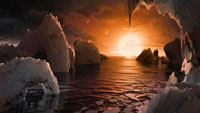
Last week Seth Shostak, SETI Institute Senior Astronomer and host of Big Picture Science, testified to the House Committee for Science, Space and Technology. Other speakers included Dr. Thomas Zurbuchen, associate administrator, Science Mission Directorate, National Aeronautics and Space Administration (NASA); Dr. Adam Burgasser, professor of physics, University of California, San Diego and UCSD Center for Astrophysics and Space Science; and Dr. James Kasting, chair, planning committee, Workshop on the Search for Life Across Space and Time, and Evan Pugh Professor of Geosciences, Pennsylvania State University
- Committee on Science, Space, and Technology: Advances in the Search for Life
- Courthouse News Service: Tabling Politics, Space Committee Digs Into Search for Life
- Space.com: SETI Scientists Could Survey a Million Star Systems by 2037, Lawmakers Are Told
- SpaceRef: Chairman Smith Opening Statement Advances in the Search for Life
- SpaceRef: Rep. Brian Babin's Statement at Astrobiology Hearing
- Space{olicy.Online.com: What's Happening in Space Policy April 23-28, 2017
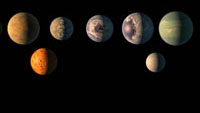
Seth Shostak, SETI Institute Senior Astronomer and host of Big Picture Science wrote last week for NBC News, exploring some possible options about where to search for extraterrestrial intelligence. He suggests that in addition to LHS 1140, which has been dubbed by some as “the best planet to look for life so far”, and the vicinity of Tabby’s Star, serious consideration should be given to the newly discovered exoplanets of Trappist-1.
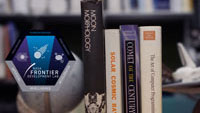
New teams have been added to the NASA Frontier Development Lab’s (FDL) eight-week applied research accelerator hosted by the SETI Institute. To fill those teams, the new application deadline will be May 19, 2017
- SETI Institute: Call for Applications to NASA Frontier Development Lab
- Business Wire: Call for Applications to NASA Frontier Development Lab

SpaceBall 2017 has come and gone, but there are new auction items available featuring one-of-a-kind experiences. Proceeds will support the work of the SETI Institute. Auction items are available through CharityBuzz. Opportunities include experiences with Jill Tarter, who holds the Bernard M. Oliver Chair at the SETI Institute, and SETI Institute Senior Astronomer and host of Big Picture Science, Seth Shostak
- Charity Buzz: Live Lots
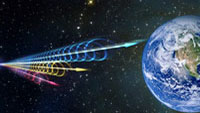
Bernard M. Oliver Chair at the SETI Institute and SETI research pioneer Jill Tarter spoke on Point of Inquiry in the episode, Is Anybody Listening? Jill Tarter on the Search for Extraterrestrial Intelligence.
In Collective Evolution, Jill comments about fast radio bursts in the article, New Harvard Theory: Extraterrestrials Could Have Star Powered Spaceships.
In an article that appeared in Engineering and Technology, Extraterrestrial life and alien civilisations: is the truth out there behind Tabby’s Star?, SETI Institute Senior Astronomer, Seth Shostak discusses the mysterious dimming of “Tabby’s star.”
Seth also weighs in on the challenge of detecting proof of intelligent extraterrestrial life in New Scientist’s We still haven’t heard from aliens – here’s why we might never.
In some of his Hollywood commentary, Seth stipulates that filmmaker Ridley Scott may not be accurate in his scientific assessment on the likelihood of alien life in Live Science’s If Aliens Visit, Don't Expect a Hollywood Ending, Ridley Scott Warns.
On The Cats Roundtable podcast, Seth speaks on, Searching the heavens for life. It’s there we just have to find it.
Finally, in an article from the L.A. Times, Will sending selfies to Jupiter's moon, Europa, get the attention of an E.T.?, Seth offers some questions to consider about whether to or not Earthlings should be sending messages to potential extraterrestrial civilizations we know nothing about.
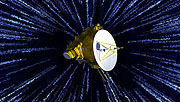
Last week’s episode looked at spacecraft that don’t come home in Spacecraft Elegy. The episode included conversations with SETI Institute scientists Mark Showalter and Matt Tiscareno. This week, Eve of Disruption, is an encore presentation that explores the idea of innovation and why some big ideas have lasting scientific or cultural impact and others do not.

- Las Vegas Science & Technology Festival: April 28-May 6, 2017. This week-long science festival will feature Jill Tarter, trustee and Bernard M. Oliver Chair for SETI at the SETI Institute.
- Institute for Cross Disciplinary Engagement at Dartmouth: May 11, 2017, Chicago, IL Jill Tarter, trustee and Bernard M. Oliver Chair for SETI at the SETI Institute will be in discussion with philosopher Patricia Churchland in Future of Intelligence: Human, Machine and Extraterrestrial: A Dialogue Between an Astronomer and a Philosopher.
- IAA Planetary Defense Conference: May 15-19, 2017, Tokyo, Japan This bi-annual conference brings together world experts to discuss the threat to Earth posed by asteroids and comets and actions that might be taken to deflect a threatening object. SETI Institute scientist Michael Busch will attend.
- Osher Lifelong Learning Institute: June 1, 2017, Santa Clara, CA Edna DeVore, Director of the Education at the SETI Institute will help people get prepared for this summer’s total eclipse of the Sun which will take place on August 21, 2017.
- Spacefest: June 8-11, 2017, Tucson, AZ. An annual event that brings the space community together. Pascal Lee and Seth Shostak of the SETI Institute will be speaking.
- Machine Learning 4 SETI Hackathon, June 10-11, San Francisco, CA The SETI Institute invites all citizen data scientists and technologists to join us as collaborators in our mission to find radio signals from intelligence beyond our solar system.
- Smithsonian Magazine Future Con, June 16-16, Washington D.C. Bringing science fiction and fantasy together with serious science and cutting-edge technology. Seth Shostak will be a speaker.
- Starmus Festival IV, June 18-23, 2017, Trondheim, Norway A celebration of science and the arts. Presenters will include Jill Tarter, Bernard M. Oliver Chair for SETI at the SETI Institute and Nathalie Cabrol, Director of the Carl Sagan Center for Research at the SETI Institute

The full March 2017 activity report, including peer-reviewed publications, scientific conferences, public talks, and much, much more can be downloaded here.

